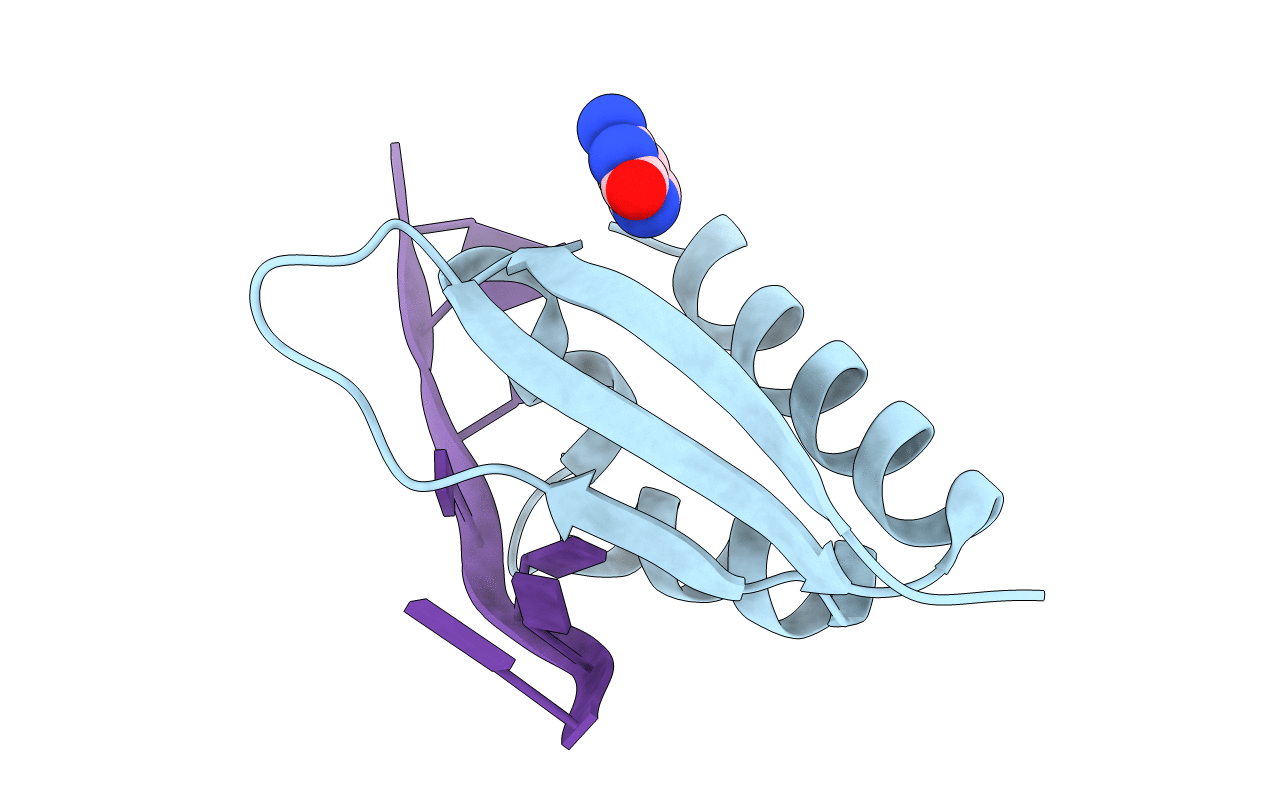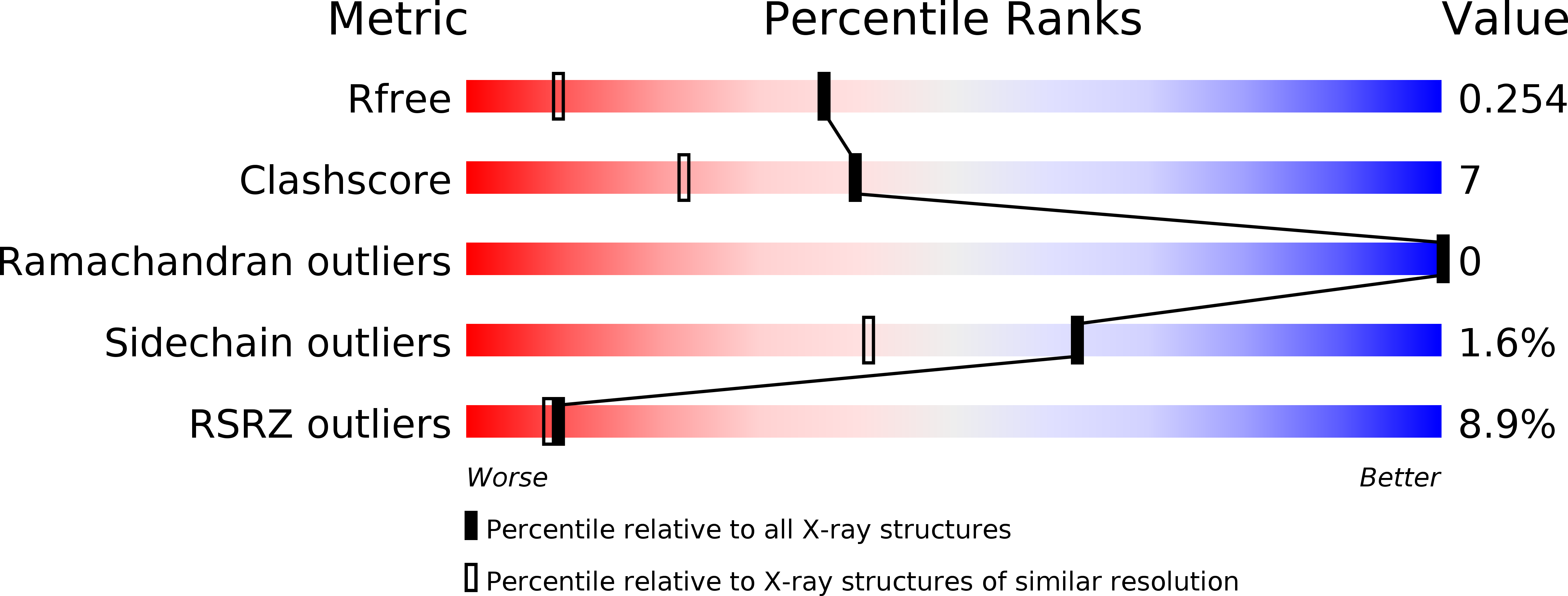
Deposition Date
2007-03-07
Release Date
2007-06-12
Last Version Date
2024-10-30
Entry Detail
PDB ID:
2P2R
Keywords:
Title:
Crystal structure of the third KH domain of human Poly(C)-Binding Protein-2 in complex with C-rich strand of human telomeric DNA
Biological Source:
Source Organism:
Homo sapiens (Taxon ID: 9606)
Host Organism:
Method Details:
Experimental Method:
Resolution:
1.60 Å
R-Value Free:
0.24
R-Value Work:
0.20
R-Value Observed:
0.20
Space Group:
H 3 2


